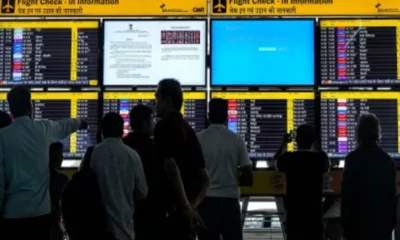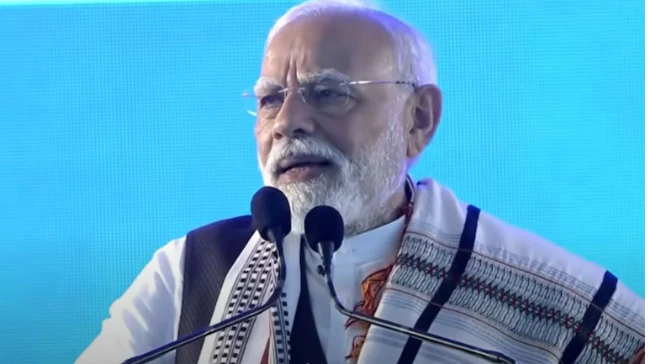Latest business news
Vision 2040 – Delhi Mumbai to have three airports each and 31 cities to get a second one

India News
Modi says right time to invest in Indian shipping sector; meets global CEOs
Economy news
ITR filing last date today: What taxpayers must know about penalties and delays
The deadline for ITR filing ends today, September 15. Missing it may lead to penalties, interest charges, refund delays, and loss of tax benefits.
Economy news
India’s GDP surges 7.8% in Q1, outpaces estimates and China
India’s GDP surged 7.8% in Q1 2025-26, the highest in five quarters, driven by strong services and agriculture sector growth, according to NSO data.
-

 India News22 hours ago
India News22 hours agoAAP targets Delhi LG with Ghajini dig over pollution row, BJP hits back
-

 Entertainment22 hours ago
Entertainment22 hours agoDhurandhar box office collection crosses Rs 1,000 crore worldwide in 21 days
-

 Latest world news21 hours ago
Latest world news21 hours agoIndia flags attacks on Hindus in Bangladesh as worrisome after recent lynchings
-

 India News22 hours ago
India News22 hours agoTraffic slows in Himachal Pradesh as year-end tourist rush chokes roads to Shimla, Manali
-

 India News4 hours ago
India News4 hours agoCBI moves Supreme Court against suspension of Kuldeep Sengar’s life sentence in Unnao rape case
-

 India News3 hours ago
India News3 hours agoBangladeshi singer James’ concert cancelled after mob attack in Faridpur
-

 India News3 hours ago
India News3 hours agoOver 2,000 Maoists surrender under Chhattisgarh rehabilitation policy, says CM Vishnu Deo Sai
-

 India News3 hours ago
India News3 hours agoOp Aaghat 3.0: Delhi police arrest over 280 accused ahead of New Year celebrations


















